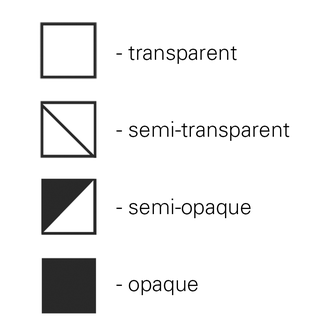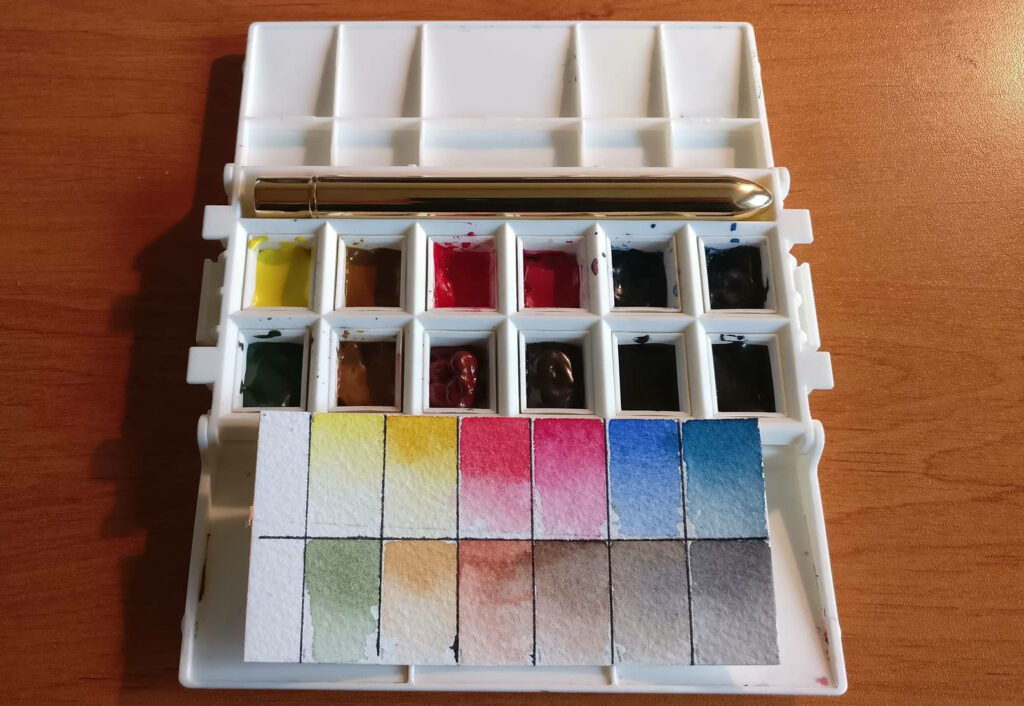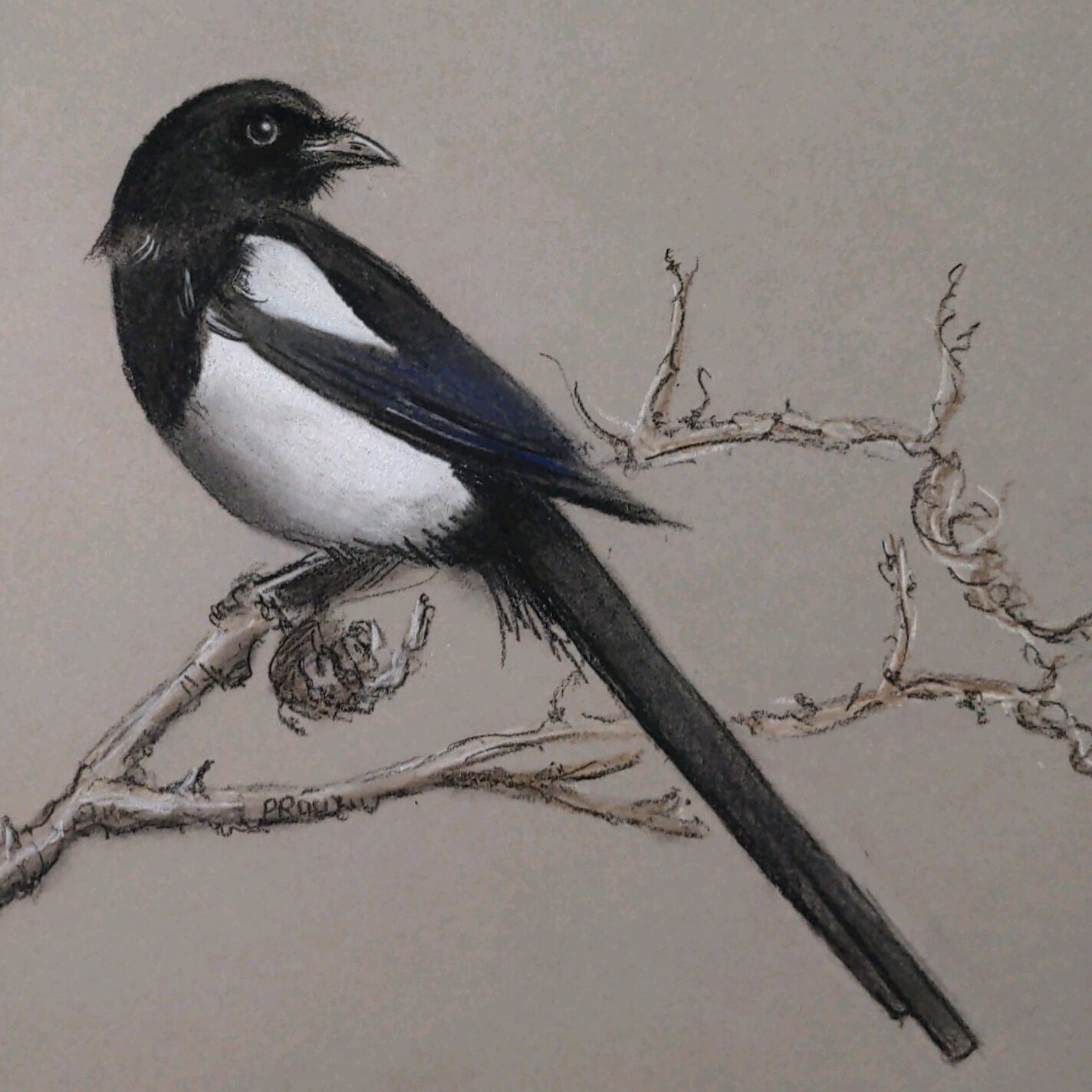
When a jedi gains enough experience, he makes his lightsaber himself. It is the same for the watercolorist, who when he has acquired enough experience, designs a palette adapted to his needs.
Designing the right palette of watercolors can be a complicated exercise. And believe me, the paint manufacturers are not really there to help us. Let’s be honest, when we started watercolor, we paid far too much attention to the commercial arguments of paint manufacturers such as: names of the paint or the color displayed on the label. In this article, I suggest you ignore the commercial arguments to go directly to the determining points to choose the paint that suits you and thus build up an effective and versatile palette.
Watercolor composition
Watercolor paints are made up of pigment particles suspended in a binder, usually a water-soluble gum arabic. The pigment particles are the colorants that give the paint its color, while the binder acts as a glue to hold the pigment particles together and adhere them to the paper.
The exact chemical composition of watercolor paints can vary depending on the manufacturer and the specific pigment used. However, most watercolor pigments are made from naturally occurring minerals or organic compounds. For example, ultramarine blue is made from the mineral lapis lazuli, while cadmium red is made from cadmium sulfide.
The binder used in watercolor paints, gum arabic, is a natural resin obtained from the sap of the acacia tree. Gum arabic is water-soluble and has excellent adhesive properties, making it ideal for use in watercolor paints.
In addition to the pigment and binder, watercolor paints may also contain additives such as wetting agents, preservatives, and humectants. Wetting agents help the paint spread more easily on the paper, while preservatives prevent mold and bacteria growth in the paint. Humectants help keep the paint moist and prevent it from drying out too quickly.
Overall, the chemical composition of watercolor paints is relatively simple, with just a few key ingredients working together to create a beautiful and versatile medium for painting.
Transparency
Transparency is one of the unique characteristics of watercolor paints, and it refers to the ability of the paint to allow light to pass through and reflect off the surface of the paper. In watercolor, the white of the paper serves as the light source, and the paint is transparent enough to allow the paper’s brightness to shine through, giving the painting a luminous quality.
Because watercolor paint is translucent, artists can layer colors to create depth, luminosity, and texture in their paintings. By gradually building up layers of color, artists can achieve a range of effects, from delicate washes to bold, intense hues.
It’s essential to note that the transparency of watercolor paints can vary depending on the pigments used. Some pigments are more transparent than others, and some are more opaque. It’s essential to experiment with different pigments to see how they interact with each other and with the paper’s surface to achieve the desired effect. Additionally, the amount of water added to the paint also affects its transparency, as more water will dilute the pigment and increase transparency.

Most common pigments
The most common pigment in watercolor is probably Phthalo Blue (also known as Thalo Blue). It is a bright, intense blue color that is highly transparent and has a staining property, meaning it can be challenging to lift or remove once it has dried on the paper. Phthalo Blue is a popular choice among watercolor artists for its versatility, as it can be used to create a range of shades, from pale, watery washes to deep, rich blues.
Another popular pigment in watercolor is Ultramarine Blue, which is a deep, rich blue with a slightly purple undertone. Ultramarine Blue is also highly transparent, but it has a less staining property than Phthalo Blue, making it easier to lift and manipulate on the paper. It is often used to create shadows, as well as to mix with other colors to create a range of purples and violets.
Other common pigments in watercolor include Cadmium Yellow, Cadmium Red, Alizarin Crimson, and Burnt Sienna. Each of these pigments has unique properties that make them useful for different applications in watercolor painting. For example, Cadmium Yellow is a bright, sunny yellow that is ideal for creating highlights and sunny skies, while Burnt Sienna is a warm, earthy color that can be used to create texture and depth.
Personal choice
- lemon yellow PY151/154
- Indian yellow PY35
- Medium red PR108
- Deep red
- Ultramarine
- Prussian blue
- Yellow Ochre
- Burnt sienna

